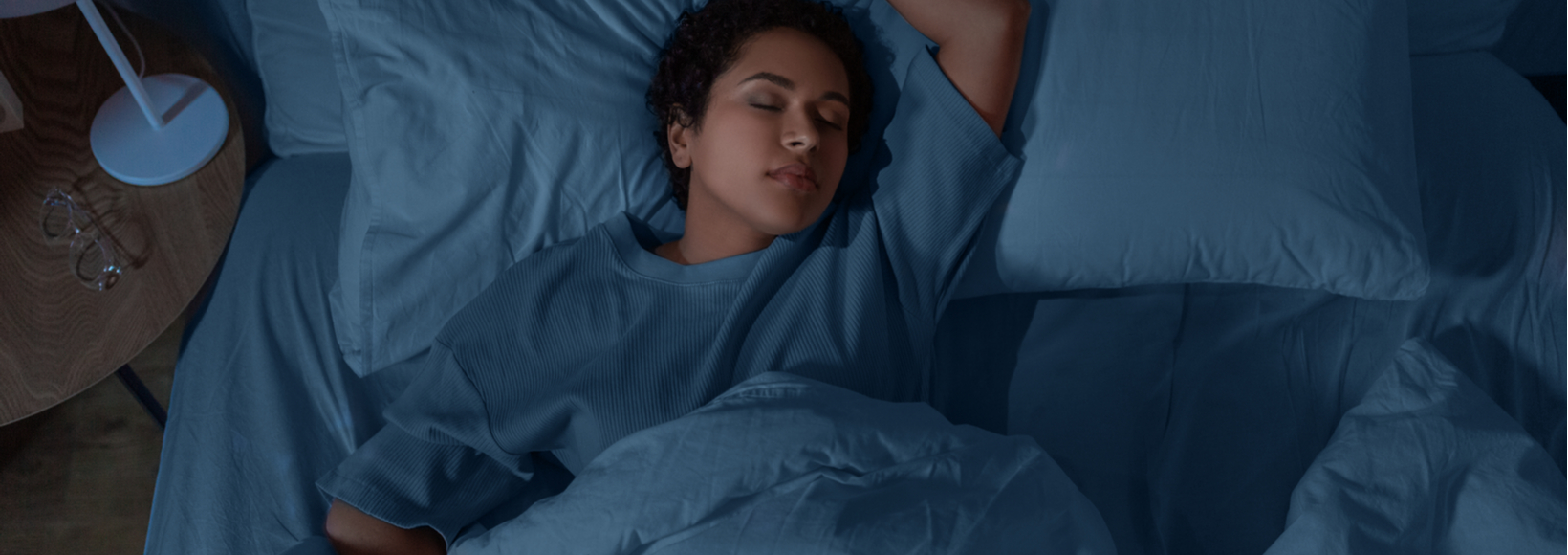
How Your Day Influences Your Sleep
A good night’s sleep starts in the morning. Try to have a consistent time for waking up. Get up early and get your body moving.
Sleep scientists talk of building “sleep pressure.” Exercise and getting up early increases physical fatigue and help build this sleep pressure throughout the day. I’m a huge fan of resistance exercise for a variety of reasons relating to its benefits to health and pumping iron has also been shown to improve sleep quality. Long-term aerobic exercise in previously sedentary individuals with insomnia has been found to accelerate the time it takes to get to sleep, improve sleep quality and increase alertness in the mornings. However, it doesn’t take months for exercise to have an effect on sleep. Researchers have also found that even in the short term moderate-intensity aerobic exercise improves sleep as well as reducing anxiety prior to sleep. Researchers in Boston carried out a meta-analysis to establish the effects of exercise in both the short term and the long term. The good news is that exercise has beneficial effects quickly, and if you maintain exercise these benefits are enhanced.
In an experimental study, researchers assessed whether exercise could be used as a treatment for people with insomnia. Not only did they find that exercise was an effective intervention in treating insomnia but also they found a linear relationship between the amount of exercise and sleep. This means that as levels of exercise increased, sleep improved. So is it the case that the fitter you are the better you sleep?
Researchers investigated a large population of mostly white, middle-class people in Dallas, Texas to answer this question. This study was what is known as a prospective study. They recruited a group of volunteers and tracked their health over a long period of time. Between 1971 and 2006 the volunteers had 4 medical examinations as their health was monitored by researchers. They had the participants perform a maximal treadmill test. Four times. That is, they had the study participants run on a treadmill until they either gave up or were stopped from running anymore on medical grounds by the attending doctor. Four times.
The researchers discovered that between the second and fourth visits, which were typically when the participants were aged between 51 and 56 years of age, for every minute of a reduced time to exhaustion on the treadmill there was an increase in sleep complaints.
In the centre of Norway, is the county of Trøndelag. This region is widely known for its beautiful rolling countryside with stunning fjords and inlets, the hip, tech-hub Trondheim and it’s ‘foodie’ culture. It is also known for one of the largest health studies ever performed. The HUNT study, to give it its acronym, has been going on since 1984. The local population are very engaged in the study, and they must be given that over 4000 of them volunteered to undertake V02 max testing. This is a fitness test, regarded as the gold standard test of fitness, undertaken on a treadmill or bike while physiological measurements are taken. The test continues until exhaustion. A significant proportion of the study participants did not reach VO2 max so the researchers instead used the phrase VO2 peak. They found that there was an inverse association between fitness as measured by VO2 peak and insomnia symptoms.
A significant impediment to good quality sleep is sleep-disordered breathing (SDB). The most common and widely known form of SBD is Obstructive Sleep Apnoea (OSA). I am always extremely vigilant of OSA in my practice as it is often overlooked and can have profound effects. It occurs in 4% of men and 2% of women in Western countries. It is widely known that it causes marked daytime sleepiness. Obviously, this can shorten lifespan by predisposing to accidents. In addition, it can have more subtle effects. OSA increases the risk of a multitude of health conditions including high blood pressure, heart disease, stroke, metabolic syndrome and diabetes. A meta-analysis of 5 studies showed that exercise reduced the severity of obstructive sleep apnoea by 32%. This was completely independent of any effect on body mass index (BMI).
In terms of when it is best to exercise in order to facilitate sleep, the studies are varied. Researchers in Japan studied the effect of exercise at different times of day on sleep and various physiological parameters. They concluded that morning exercise would be more beneficial as it stimulated the rest and restore side of the nervous system while evening exercise stimulated the fight and flight side of the nervous system. However, they did not show any difference in sleep parameters between morning and evening exercisers. Evening resistance exercise has been shown not to have a detrimental effect on falling asleep. The same researchers did find that exercising in the morning made it easiest to fall asleep while exercising in the evening made it easier to stay asleep. Another study found that morning exercise was associated with shorter time taken to fall asleep and few nighttime awakenings after early morning exercise. The subjects of this study were pre-hypertensives in middle age and hence, this is the study that is most applicable to people of middle age.
So we know that exercise helps sleep and it doesn’t take many exercise sessions to improve sleep. Research has found the more exercise we do the better we sleep. We also know that better fitness equates to better sleep. Not only this but exercise also improves obstructive sleep apnoea. It probably doesn’t matter too much when you exercise during the day but certainly avoid the period right before bed and it is likely that the earlier in the day you exercise the easier it will be to fall asleep.
Dr Hugh Coyne
Private GP Parsons Green